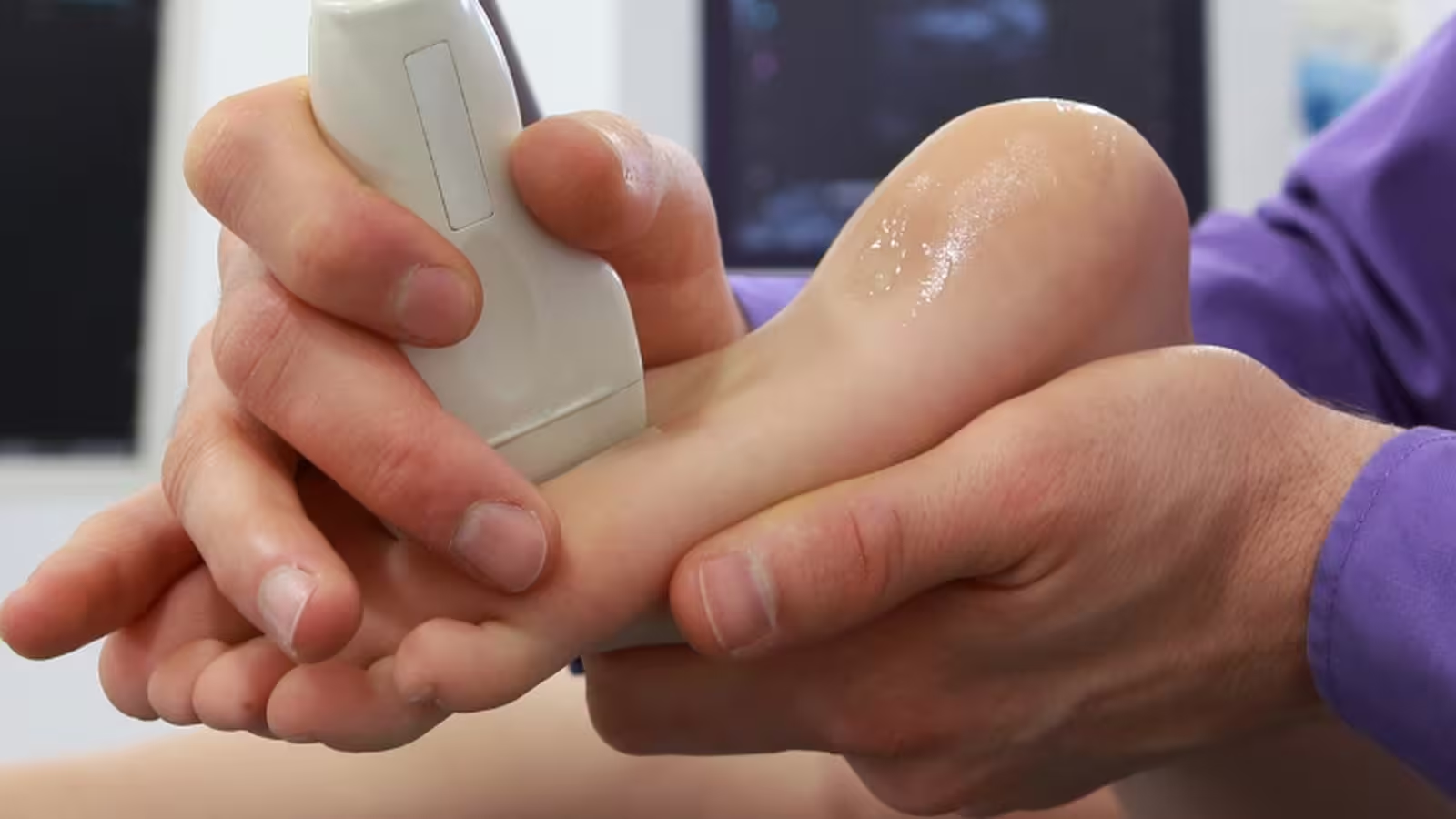6 Minutes
Understanding Peripheral Artery Disease: A Silent Threat to Health
Peripheral artery disease (PAD) is a commonly overlooked cardiovascular condition in which arteries that supply blood to the legs and feet become narrowed or blocked, often due to a buildup of plaque—a process known as atherosclerosis. While PAD might initially be asymptomatic, early warning signs such as mild fatigue, muscle cramps, or discomfort in the legs are frequently misattributed to normal aging or lack of physical fitness.
However, as the disease progresses and blood flow diminishes, even a seemingly minor foot injury can fail to heal, potentially developing into a chronic ulcer. In severe cases, this leads to tissue damage requiring amputation. PAD is significantly more widespread than many realize, particularly impacting populations over the age of 60, as well as individuals with diabetes, hypertension, or chronic kidney disease.
Research indicates that about 20% of individuals over 60 in the UK are affected by PAD. More concerning, PAD rarely exists in isolation; it is closely linked to heart disease and stroke, as the same arterial blockages can impact vital organs. According to scientific studies, PAD dramatically increases the risk of fatal cardiovascular events within five to ten years of diagnosis.
Traditional Screening Methods and Their Limitations
Early detection of PAD is vital for preventing serious complications, including amputation and heart attacks. The standard clinical test for PAD is the toe-brachial index (TBI), which compares blood pressure measured at the toe with that in the arm.
The Toe-Brachial Index Test
While the TBI provides critical insight into peripheral blood flow, it requires specialized equipment: a miniature blood pressure cuff for the toe, an optical sensor, and trained medical personnel. Many general practitioners and community foot clinics lack the necessary devices or expertise, and in certain patient groups—particularly those with diabetes or stiffened arteries—the results can be unreliable.
This barrier to routine vascular assessment leaves a significant portion of those at risk undiagnosed until the disease has progressed to a critical stage.
Innovating Diagnosis: The Power of Doppler Ultrasound
To overcome these challenges, researchers set out to develop a more efficient, accessible solution leveraging existing medical technology. Most hospitals and many outpatient clinics already possess handheld Doppler ultrasound probes, which utilize the Doppler effect to "listen" to blood flow within arteries.
In Doppler ultrasound, sound waves reflect off moving blood cells. Healthy vessels generate a strong, steady signal—a recognizable "swoosh"—but blockages or narrowing disrupt this pattern. Trained clinicians interpret these variations to assess circulation, especially in the context of vascular diseases like PAD.
From Sound to Data: Automating Diagnosis
A research team questioned whether a computer could quantitatively analyze the Doppler waveform—specifically, the "acceleration index," which measures how swiftly blood surges with each heartbeat—to estimate a patient's TBI without the need for cuffs or optical sensors. In a study involving 150 limbs from individuals already under treatment for PAD, they discovered that the acceleration index alone could predict the traditional TBI with an impressive 88% accuracy.
Using a straightforward formula, researchers transformed Doppler readings into an "estimated TBI," closely mirroring standard test outcomes. Notably, this streamlined approach required less than a minute to perform and eliminated the need for specialized equipment beyond the widely available Doppler probe.
Clinical Impact: Faster Assessment and Enhanced Monitoring
This innovative Doppler-based method proved effective not only in initial diagnosis but also for ongoing patient monitoring. In cases where patients underwent angioplasty—a minimally invasive procedure to re-open blocked arteries—both conventional and estimated TBI values improved in parallel, indicating the scan’s reliability in tracking recovery.
Crucially, the technology was tested using standard pocket Doppler devices commonly available in GP practices and podiatry clinics. While pocket devices yield slightly less precise readings than hospital-grade ultrasound, results remain robust. With continued software refinement, clinicians could soon perform accurate foot circulation assessments quickly and efficiently using existing resources.
Why Early Detection Saves Lives
Detecting PAD early profoundly changes patient outcomes. Timely intervention preserves mobility, reduces hospital stays, and dramatically lowers the risk of severe cardiovascular events. Sadly, many patients are only diagnosed when PAD has progressed to chronic limb-threatening ischemia—the most critical stage where legs or feet receive dangerously low oxygen, leading to persistent pain, unhealing wounds, and, in dire cases, tissue death.
The burden of limb loss and related complications is both a personal tragedy and a significant public health issue, making improved diagnoses a scientific and medical priority.
Future Prospects: Toward Universal, Automated Screening
The promise of a reliable, rapid, and cuff-free Doppler scan lies in its simplicity and accessibility. The method leverages technology already present in many clinical settings and requires minimal training, making it ideally suited for widespread screening in primary care, diabetes management, and rural health.
Research is underway to further automate the process, enabling use by non-specialists and supporting implementation in diverse healthcare environments. Ongoing studies are validating the method’s accuracy across various patient populations and tracking its effectiveness over time.
Should these efforts succeed, Doppler-based TBI estimation could become a cornerstone of modern vascular care—helping clinicians detect blockages early, direct appropriate interventions, and ultimately save lives and limbs.
As Dr. [Expert Name], a lead researcher in vascular imaging, states: "By democratizing PAD diagnostics with accessible technology, we offer hope for earlier treatment and better outcomes for millions at risk."
Conclusion
Peripheral artery disease poses a substantial and often hidden danger, contributing to disabling complications and premature death when undetected. The advent of ultra-rapid, Doppler-based foot scans holds the power to transform PAD diagnosis worldwide—making screening more accessible, reducing the burden on healthcare systems, and most importantly, safeguarding patients’ mobility and quality of life. By embracing and advancing this technology, clinicians across disciplines can ensure that blocked arteries are discovered early—before a small cut becomes a life-changing crisis.



Comments